
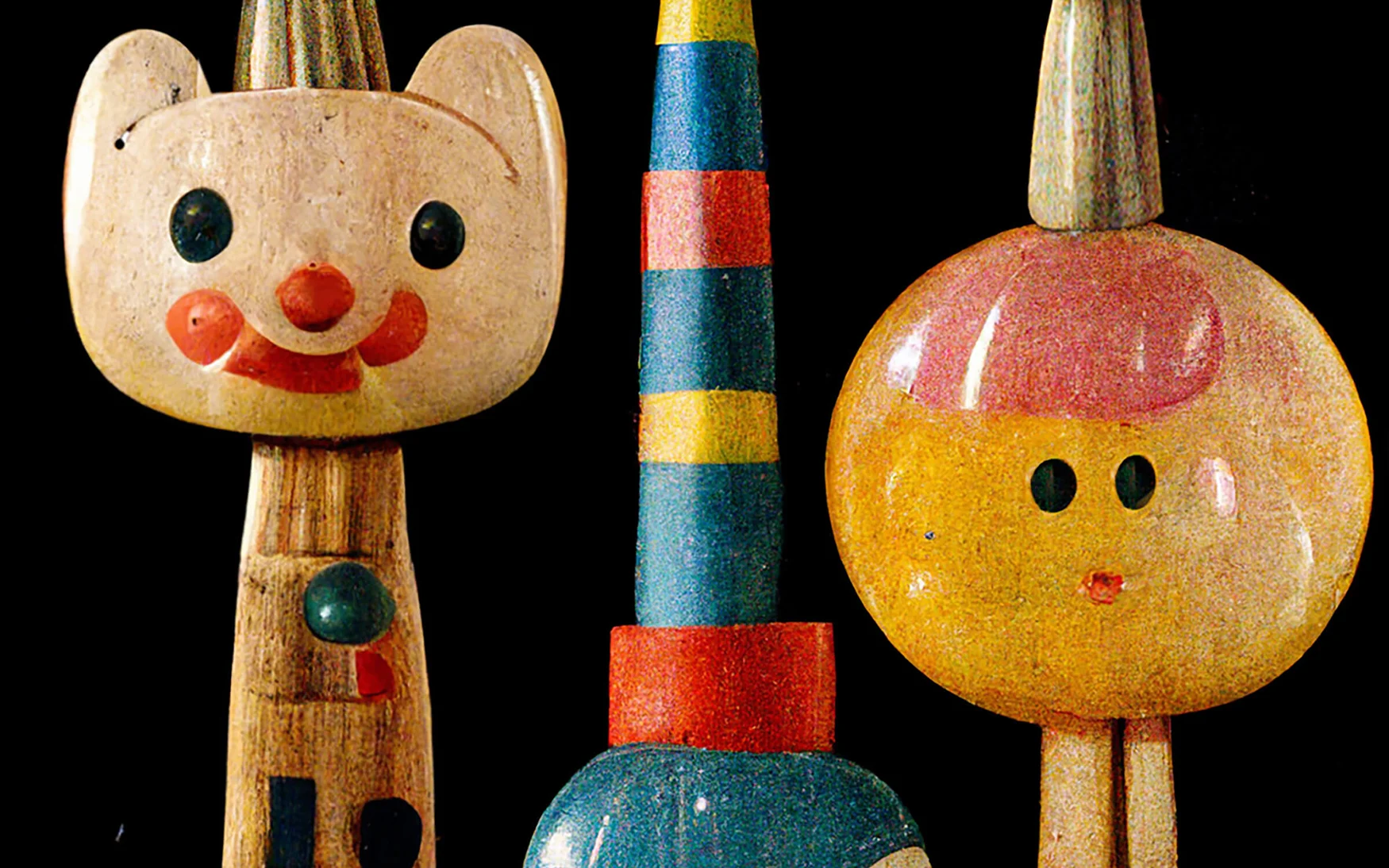
We all know that AI art tools can create some astounding imagery, but what gets us most excited is when people use them with a view to supporting a more tactile creative practice. One such person is artist Eric von Stein, who uses Midjourney to create imaginary toys from yesteryear, and to aid and inspire his work as a toy designer. He talks to writer Jyni Ong about why the weird, trippy aesthetic of 60s kids’ TV is so cemented in his memory, and about his real life goal to help kids connect with their creative side via crafts and toys.
In this age of technology, each new year sees the creative industry boom with the latest advancements. 2022 was no exception and one of its greatest feats saw the rise in AI-generated art, a highly accessible medium of image making where anyone with access to an internet connection can plug in written prompts. The result: a one-of-a-kind image combining said commands. Open source programmes such as DALL-E, Craiyon and Midjourney have led the way in opening up this technology to the masses, all using a type of AI called deep learning to expansively generate huge varieties of images.

There was a dark edge to the kids’ TV shows of the 60s.
Toy designer and artist Eric von Stein is one such person using Midjourney to further fuel his creative appetite, making new discoveries beyond the human imagination. A toy maker by trade, Eric started playing with the tech in July after seeing the Twitter buzz take off. He houses this creative pastime on the Instagram account Waxy Fruits, an archive of AI generated toys bonded through a vintage lens of yesteryear.
The account is a space for Eric to creatively explore his love for slightly trippy, psychedelic 60s toy nostalgia. “It was an era where things got really weird,” he says of this time. “There was a dark edge to the kids' TV shows. As a child seeing them, there was a mystery to them. A darkness in the visceral expressions of animated puppets.”
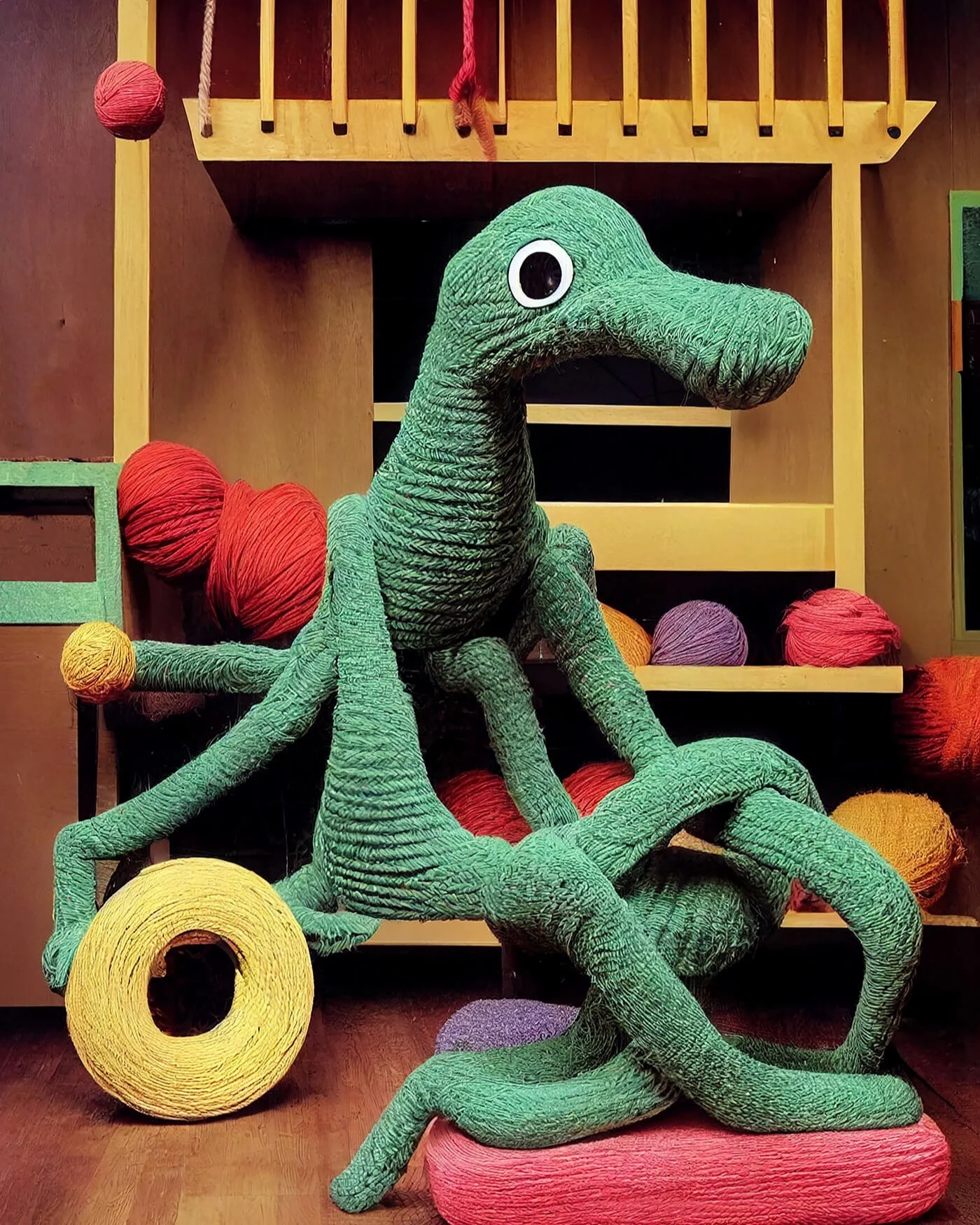
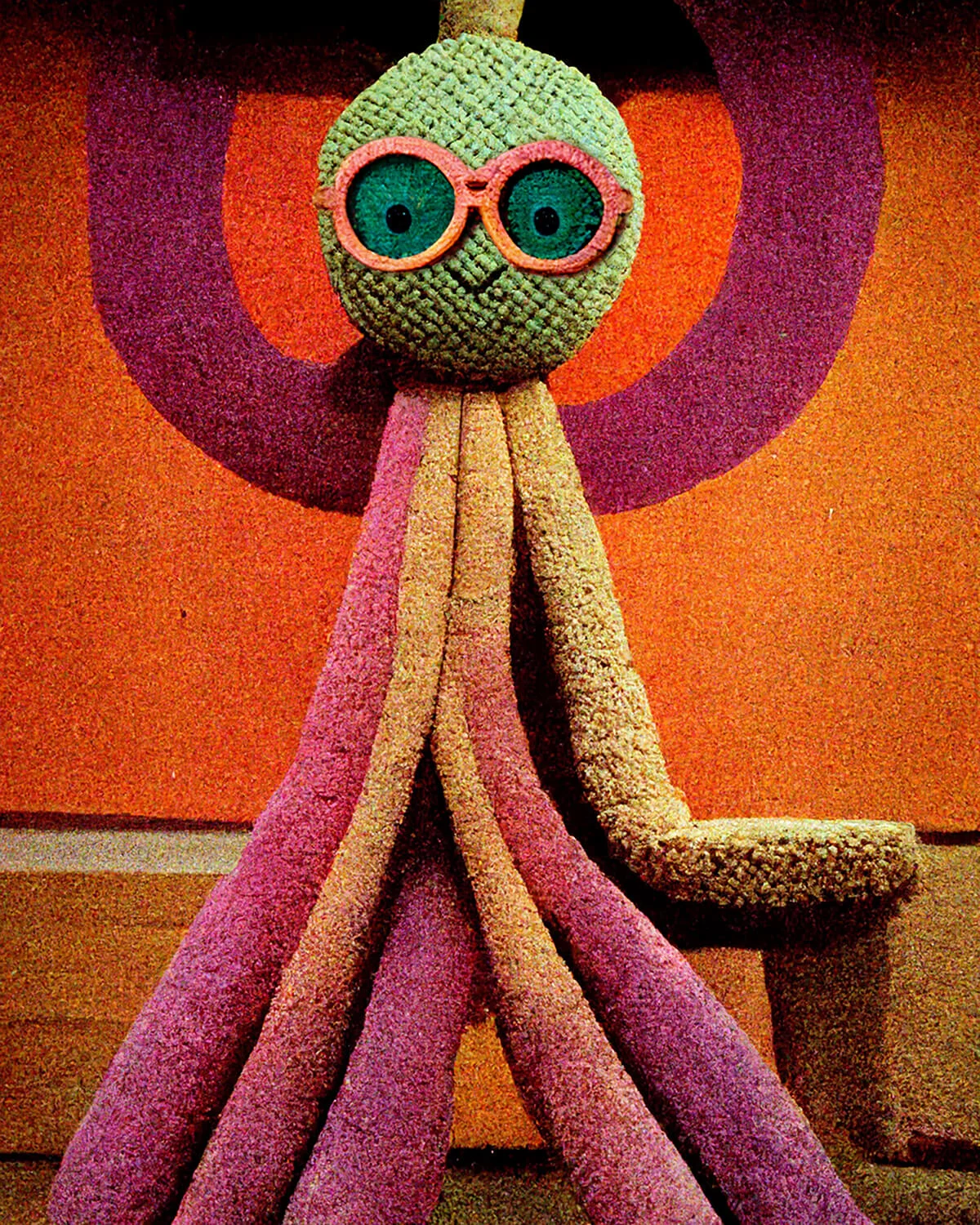
Dialling in from his home studio on the outskirts of New York, set against a backdrop of shelves decked with an impressive collection of vintage toys, Eric remembers his first impression of AI art. It was a reaction embodying, “Oh my god is this real?” Immediately, ideas started spitting up. He thought of all the weird and wonderful concepts he could combine in one image.
A myriad of explorations in homage to his love of the 60s aesthetics mixed with the craft of toy design. Waxy Fruits became a way for Eric to creatively let loose while supplying new ideas for his main practice, a toy brand called Bright Stripes (at some point in the future, he hopes to translate some of the AI generated artworks into physical doll form.)

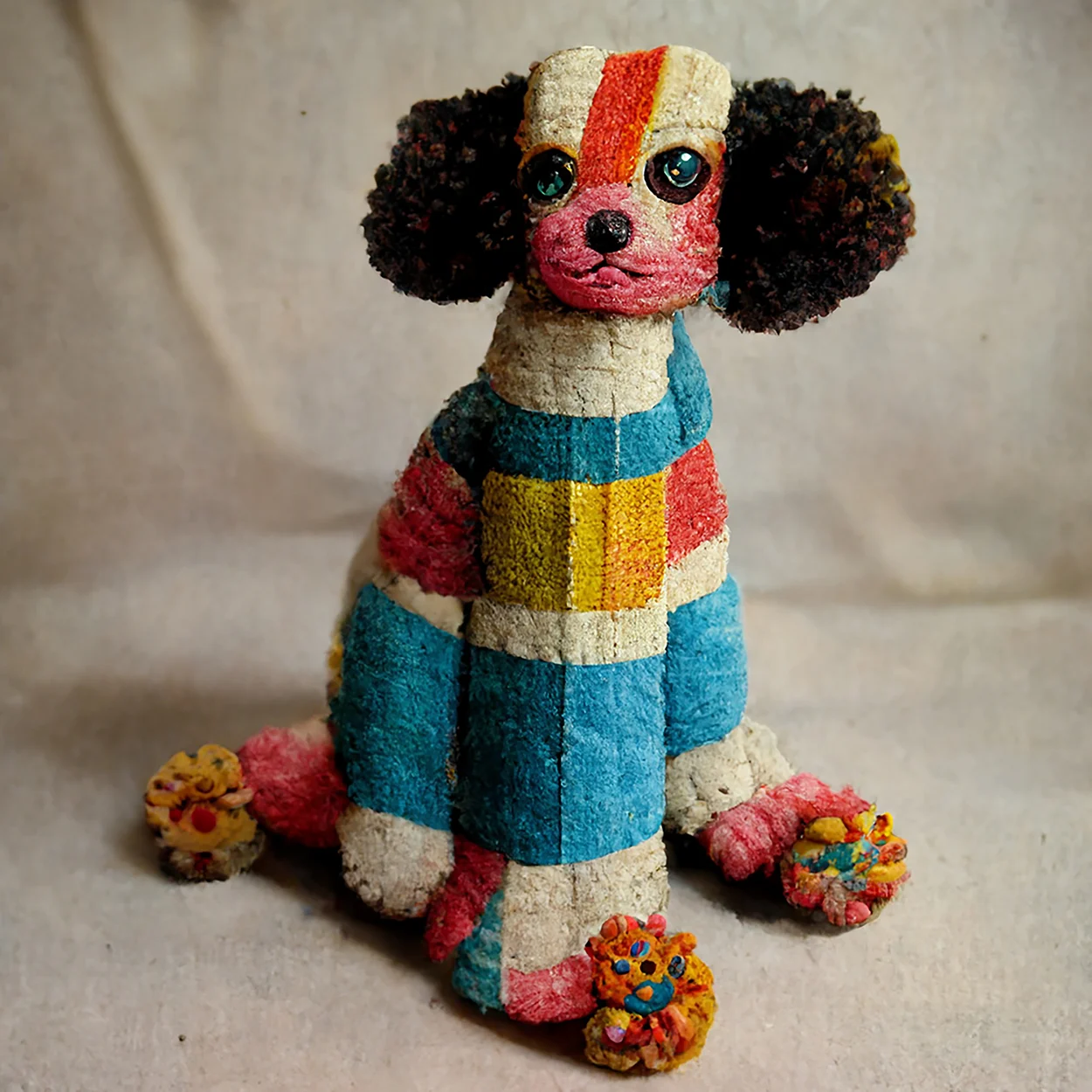
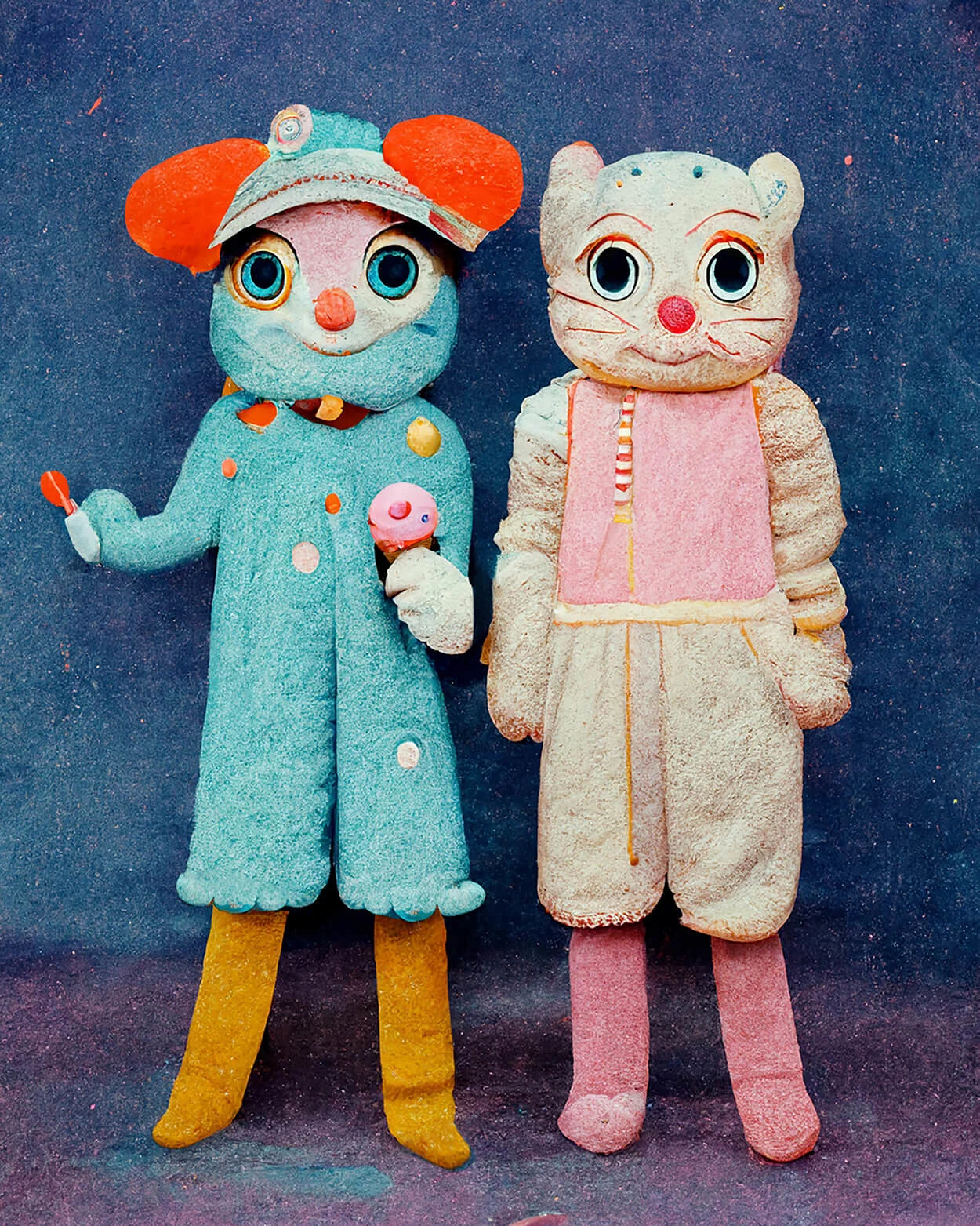
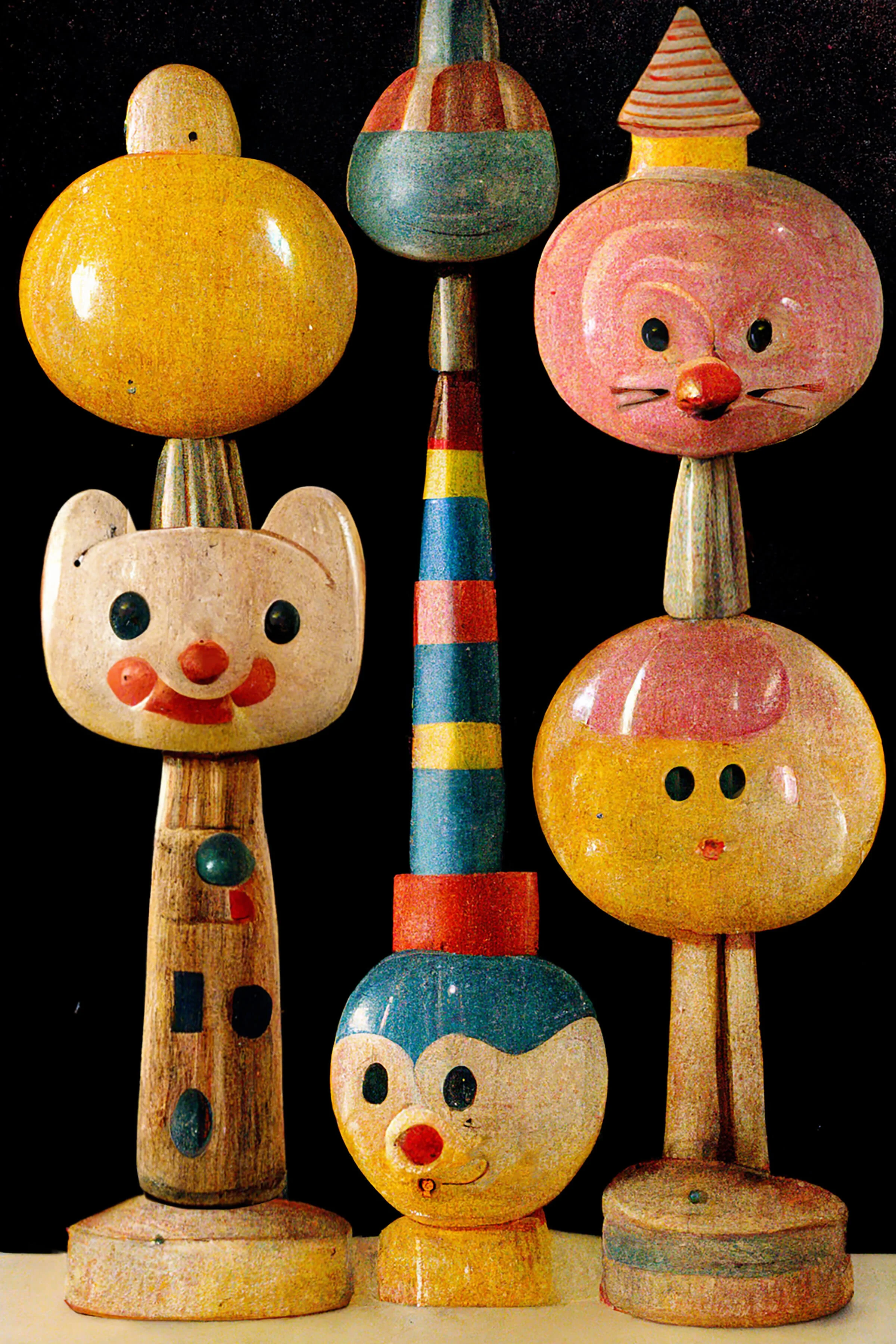
Toys have always been important to Eric. As a youngster growing up in Connecticut, he collected stuffed animals and carefully looked after them as prized possessions with rotating positions on the bed. “Each one was treated like their own person,” he reminisces with a smile. After studying Textile Design at university, Eric went on to study Toy Design at New York’s FIT. It set Eric on the path to create Bright Stripes alongside friend Sabre Mrkva. Their dream company, it champions children’s creativity through innovative toys and products. At its core, encouraging youngsters to explore their inner artist through the tactility of DIY and crafts.
The ethos has roots in Eric’s own childhood, where making and sewing were second nature. Bright Stripes is “all about a tactile experience,” says Eric. “We want the kids to make satisfying end results, so they feel proud and empowered to create more.” He recognizes that a child can build confidence by creating a long-lasting object that they can physically touch and interact with. Beyond that, toys can be a gateway to unique self-expression, a creative outlet uniting character design, materiality, emotional attachment and narrative.
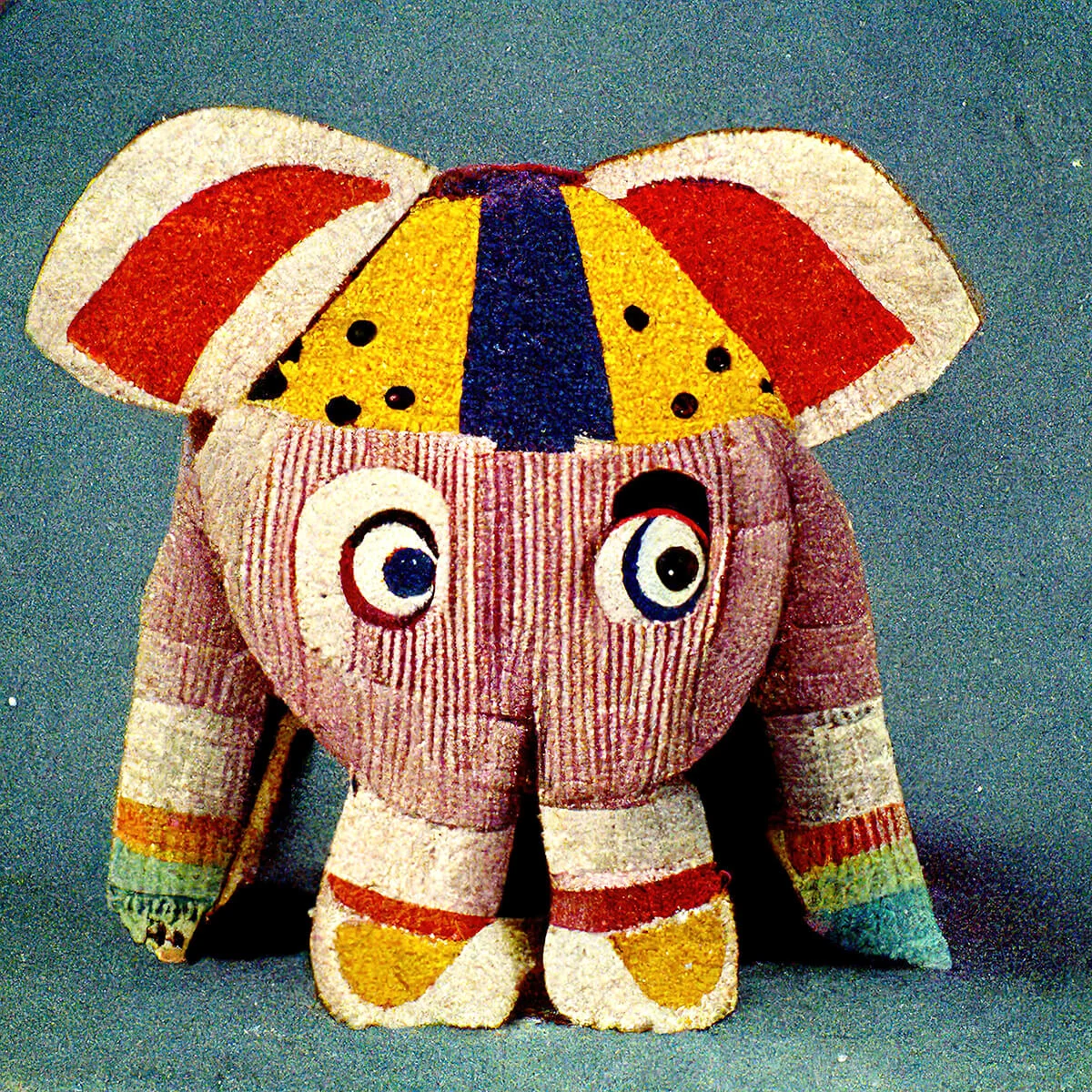
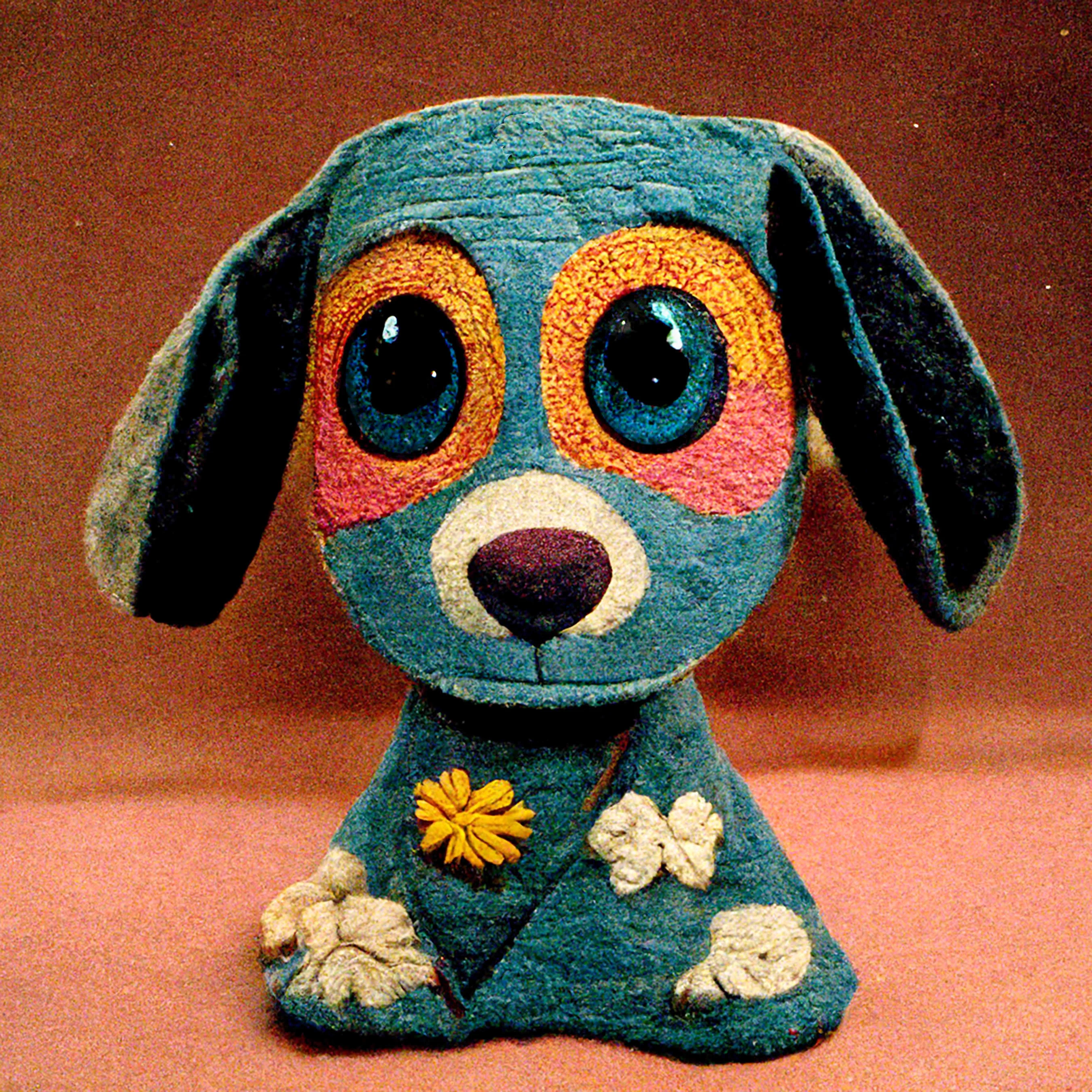
Artists should lead the way with AI because they can find ways for it to really enhance their creativity.
Back in the summer of 2022, as Eric wandered down his first AI-shaped holes, he observed what other artists were achieving and realized “AI is a tool.” While there is ongoing skepticism surrounding the originality of AI-generated art, Eric takes a different stance. “I’m never one to reject technology. It’s here, and it’s powerful.” He continues, “Artists should lead the way with its use because they can find ways for it to really enhance their creativity.”
While he acknowledges there are overused visual styles overcrowding the AI art space—fantasy-style goddesses and the likes—trends which project AI-generated images as oversaturated sameness, Eric also understands that if you dig a little deeper and get to know the nitty gritty of the technology, it’s capable of truly marvelous, nuanced stuff. By experimenting with Midjourney’s backend, Eric noticed the AI could differentiate between different types of vintage lighting. Specifically, it picks up on the subtleties between lighting in the 30s versus the 40s, a powerful distinction that made Eric want to investigate the limitations of the technology further.
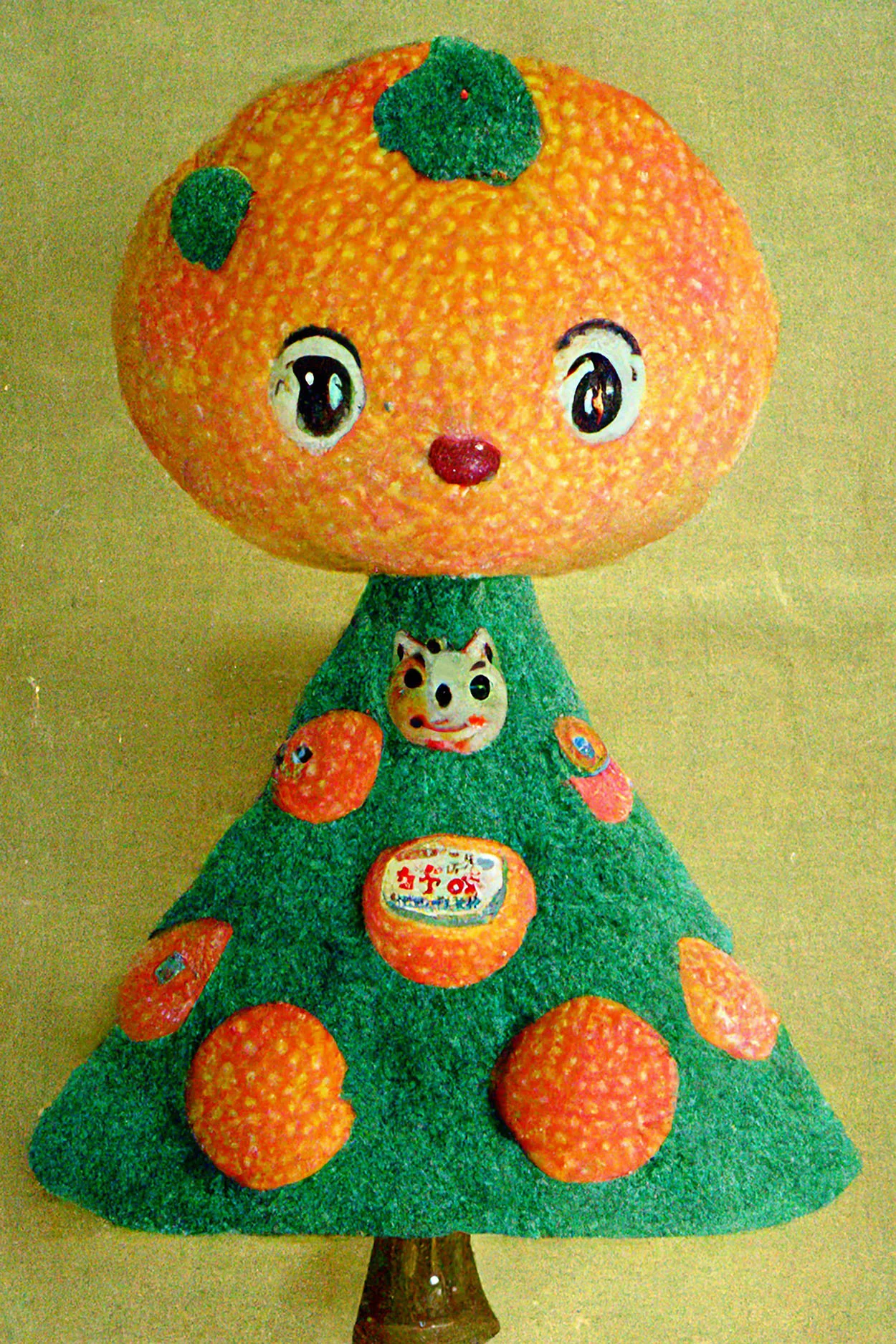
Eric distils his prompts to 50-70 word long descriptions, layering levels of detail to tell the AI what is most important first off. He always has an idea of what he wants to create, then structures the prompts with just enough detail to control this while letting the AI keep creative autonomy.
In one of his favourite artworks to date, he asked the AI to interpret a tree with oranges as a cheap 1960s plush toy. Elsewhere, he asked the AI to interpret a hilltop of colorful trees as a vintage baby toy. For Eric, these creations are proof that AI is not a threat to creativity; a common argument amongst creatives when discussing how AI will impact its future. In fact, Eric’s use of Midjourney has proved that AI can take an abstract idea plucked from a human mind and interpret it in an unexpected way. “To see an idea rendered like that, it’s dreamlike,” he adds. “It’s magical.”

